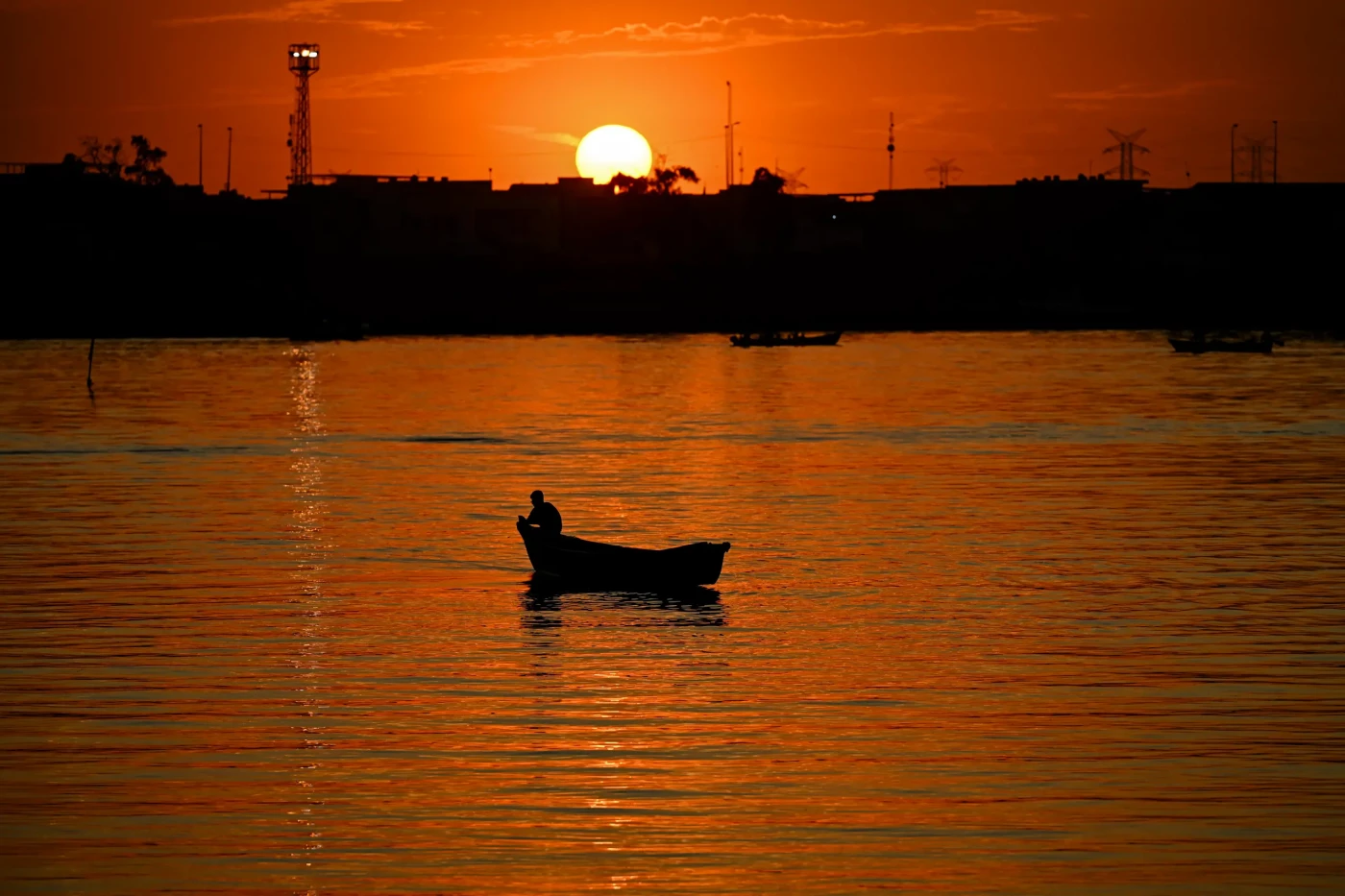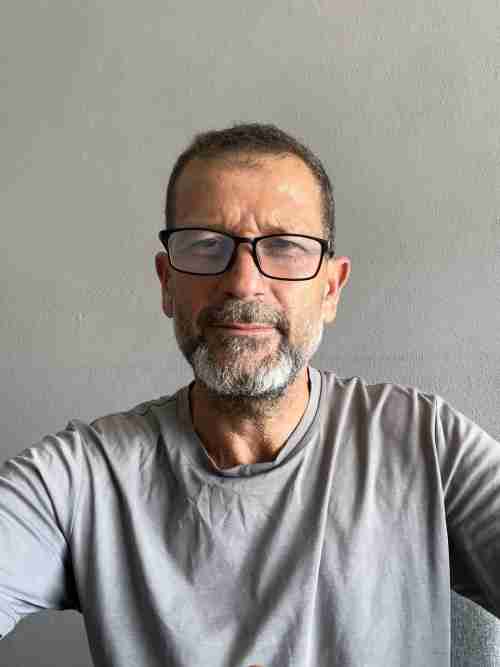ERBIL, Kurdistan Region of Iraq - Known historically as the Land Between Two Rivers, Iraq is now facing a severe decline in its Tigris and the Euphrates rivers that have sustained life and communities along their banks for thousands of years.
The reason is climate change, mismanagement and outside interference in the rivers’ flow.
Recent expert reports paint a dire picture of rising temperatures, extreme weather events, water scarcity, land degradation, pollution and biodiversity loss. They speak of the rivers drying up in the coming decades as desertification is overtaking the country from the south.
To know what is actually happening on the ground, I watched an interview with Iraq’s Water Resources Minister Aoun Diab that aired on al-Taghir TV in April, a particularly rainy season. Hence the minister strikes a rather optimistic tone, though still warning of many challenges.
“There are serious challenges as a result of climate change, politics outside our control in neighboring countries,” Diab told the Iraqi channel. “These factors put a pressure on the state of water in Iraq.”
According to the minister, sufficient rainfall in the Kurdistan Region in the spring had filled various dams across the country and saved Iraq from a severe drought as it had been the case the previous two years.
Diab recalled a story where a member of parliament had once asked him how long could they look up to God and the skies for water, to which he had replied: “What can we do without those? We believe in those two. But in the meantime there is advanced sciences.”
The minister went on to say that they have begun replacing manual inspection of water resources with satellite imagery and data.
“Nowadays, data and mathematical modeling give us a complete picture,” he noted. “In the past engineers had to go to the source of rivers to check the amount of snowfall, etc, but now we don’t need that. We have satellites that can tell the snowfall, and the amount of water when the snow melts.”
Diab said that the spring rains had helped the government deliver some of the excess water to parts of the country where it was most needed.
“We diverted some of that water into the marshes that had been deprived of it for years,” he explained. “We released into the Hawizeh and central marshes one billion cubic meters of water.”
He warned in the meantime that irregular heavy rains are one of the direct results of climate change and could spell catastrophe.
One approach, according to the minister, is maintaining the existing dams and building new ones. “One of our tasks at this stage is to store water.”
Whether a dam in a certain area could negatively affect water supply in other areas of the country, the minister stated, “Iraq’s water is for all.”
He described the Dukan and Darbandikhan dams in the Kurdistan Region as essential water reservoirs for all of Iraq as much as the Mosul, Haditha, and Hamrin dams are essential for the life of the Tigris and the Euphrates.
Speaking of calls for new dams in the south of Iraq, Diab told the Iraqi TV: “People say why don’t we save all this water that is flowing into the Shatt al-Arab, and I say it is exposed to evaporation. So why not save it in the marshes where, yes it may evaporate, but there are communities living there who will benefit from it for fisheries, livestock and the overall revival of nature.”
On the influence of Iraq’s neighbors on its rivers, Diab claimed that water sharing and understanding each other’s needs is the best way forward, saying “we have got to be realistic.”
“We have 1,200 km of border with Iran but not a single joint project… For example, the Darbandikhan dam storage capacity is 39 million cubic meters. If the dam was one kilometer further towards Iran, the dam would still be on my land and I would control it, but we could save 100 million cubic meters of water instead.”
He argues that the lake created by the dam would extend into Iranian territory where they, too, could benefit from its water.
With Turkey where the Euphrates and the Tigris originate, Diab stated that Baghdad and Ankara must have “a win-win relationship” on water, adding, “We now put the issue of water in all aspects of our relations.”
The minister called Iraq’s other river, the Euphrates that passes through Syria, “The weak link,” while reporting positive discussions with his Syrian counterpart in 2023 where they had released enough water into Iraq to raise the water levels at Haditha dam west of the country by 3.5 meters.
At the launch of a year-long awareness joint campaign with the UN, titled "Water is Life – Every Drop Counts," in July, Diab said "our Ministry is committed to updating our water management strategies and incorporating modern technologies in irrigation projects. These efforts are essential to prevent waste and depletion of our water resources and ensure that every drop of water is used efficiently.”
The minister is confident that with planning and better management some of Iraq’s water shortages could be solved, addressing in particular excessive fish ponds, illegal wells and traditional methods of irrigation.
“If you fly over Baghdad you see vast surfaces of water as if they were marshes,” the minister said of unlicensed fish ponds around the capital, claiming that with the help of the military and security forces they had removed around 7,900 of them.
“The value of the fish is less than the water that is wasted… Water is valuable. More expensive than fish.”
Iraqi farmers who have for years dug wells, tapped into groundwater or practiced the traditional method of flooding their farms now have to change their ways and switch to drip and sprinkler irrigation.
Diab points out Saudi Arabia’s experience of exhausting their groundwater for agriculture and that Iraq did not want to repeat the same mistake.
“We have even begun experimenting with artificially feeding water into the wells,” he said in the interview. “We dig wells next to the dams and fill them with water to replenish groundwater.”
One of the measures against water waste, according to the minister, is discouraging and limiting the cultivation of water-intensive crops such as rice, including the famous Amber rice, which he describes as part of Iraq’s agricultural identity.


 Facebook
Facebook
 LinkedIn
LinkedIn
 Telegram
Telegram
 X
X



